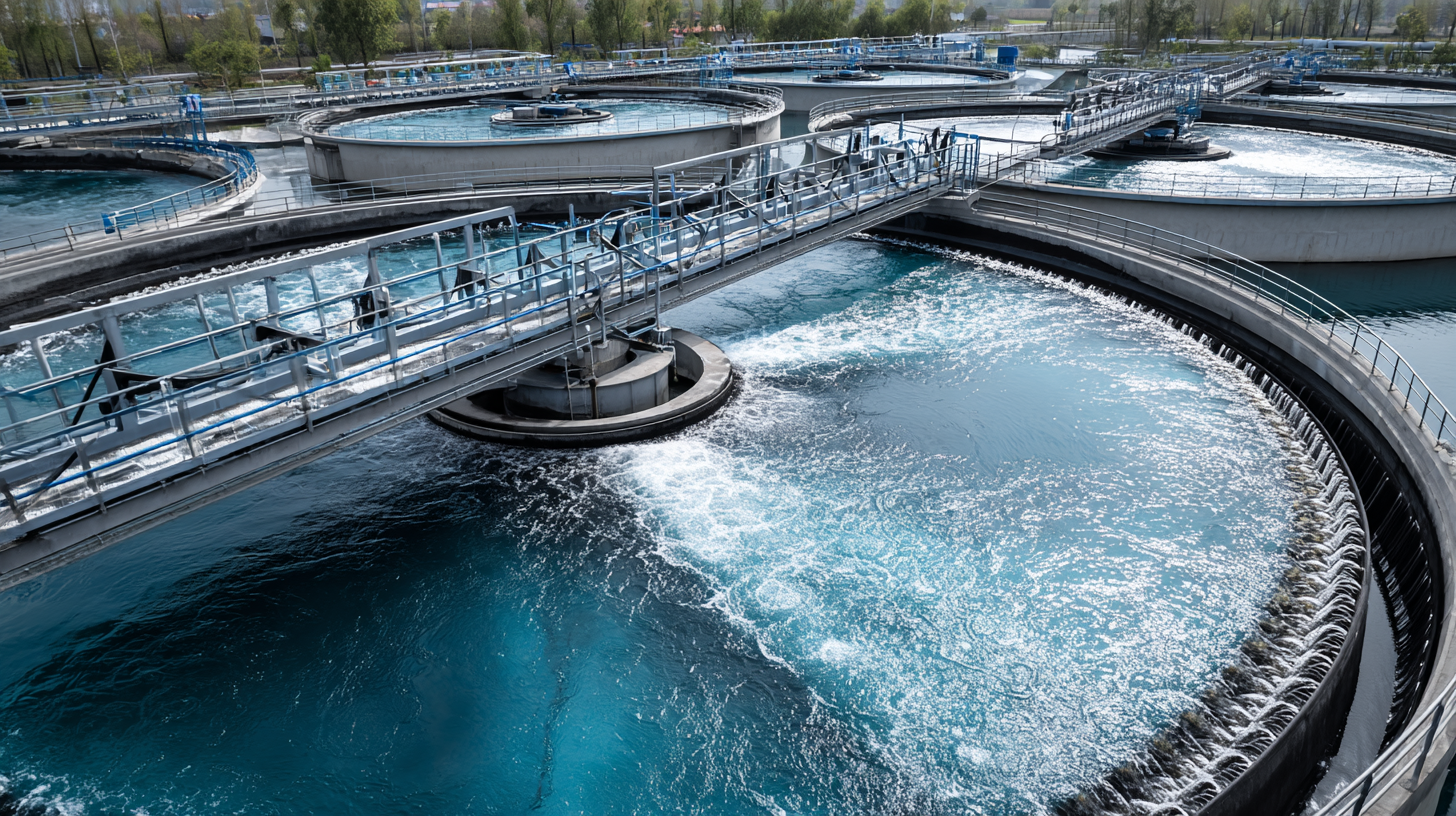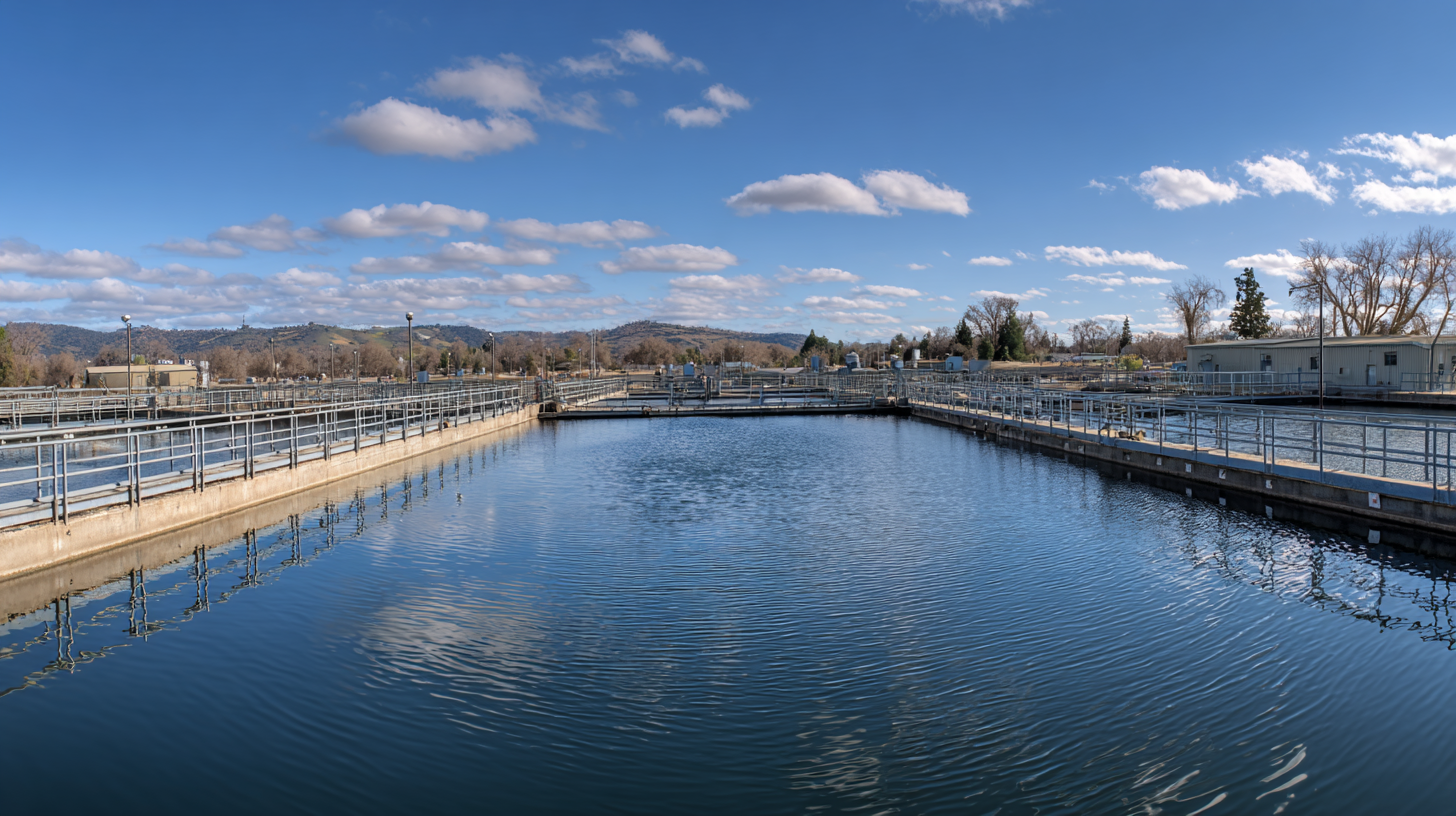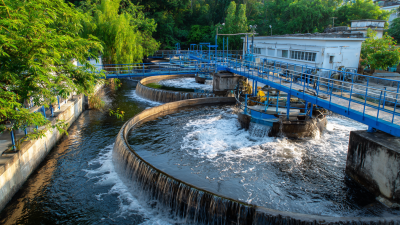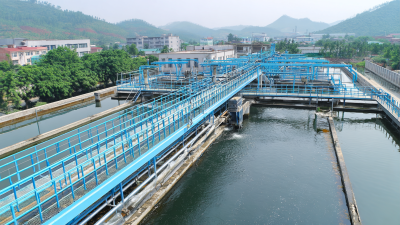In the quest to enhance wastewater treatment efficiency, the utilization of Lamella Clarifiers has emerged as a pivotal solution. These innovative devices, designed to leverage gravity and sedimentation, significantly improve the separation of solids from liquids in wastewater processing. According to a report by the Water Environment Federation, implementing Lamella Clarifiers can increase separation efficiency by up to 50% when compared to traditional sedimentation tanks. With the global water and wastewater treatment market projected to reach $708.2 billion by 2028, optimizing treatment methodologies through technologies like Lamella Clarifiers is not just beneficial but essential. The high surface area-to-volume ratio and compact footprint of Lamella Clarifiers allow for greater treatment capacity while occupying less space, making them an ideal choice for modern wastewater facilities aiming to maximize efficiency and minimize environmental impact.

Lamella clarifiers are an essential component in modern wastewater treatment systems, providing efficient separation of solids from liquids. These systems utilize inclined plates to increase the settling area without requiring additional space, making them a preferred choice in various industrial applications. According to industry reports, lamella clarifiers can achieve around 85-90% removal efficiency for suspended solids, vastly improving treatment processes compared to conventional methods.

One of the key features of lamella clarifiers is their compact design. This space-saving structure allows for the installation in facilities with limited space, while still managing high flow rates. Additionally, the lamella plates' design allows for quick settling times, often under an hour, which significantly enhances operational efficiency. Moreover, users of lamella clarifiers can experience benefits such as reduced sludge production, lower energy consumption, and minimized chemical usage, aligning with sustainability goals across industries. With the increasing focus on efficient, eco-friendly solutions, the adoption of lamella clarifiers is expected to rise significantly in the coming years.
Designing an efficient lamella clarifier system for wastewater treatment is crucial for optimizing the separation of solids from liquids. A well-designed lamella clarifier maximizes the effective surface area for settling, allowing for a compact footprint while enhancing the treatment capacity. Key considerations in the design process include the selection of appropriate materials, the geometry of the lamella plates, and the proper configuration of the inlet and outlet sections to ensure smooth flow and minimal turbulence.
Furthermore, the hydraulic loading rate must be carefully calculated to prevent overloading the system, which can lead to reduced performance. The angle and spacing of the lamella plates should be tailored to the specific wastewater characteristics, ensuring that solids are adequately captured while allowing clarified water to exit efficiently. Incorporating features such as sedimentation zones and effluent weirs can further improve the operational efficiency of the clarifier. By focusing on these design elements, wastewater treatment facilities can achieve optimal performance and extend the lifespan of their treatment systems.
Maximizing operational parameters is crucial for enhancing the performance of lamella clarifiers in wastewater treatment processes.
According to a report from the Water Environment Federation, optimizing hydraulic loading rates can lead to significant improvements in sludge settling efficiency.
Studies indicate that maintaining a hydraulic loading rate of approximately 2-5 m³/m²/day maximizes the clarification process, allowing for a removal efficiency of over 90% for particulate matter.

Maintenance of lamella clarifiers is crucial to ensure their longevity and effectiveness in wastewater treatment. Regular inspections should be scheduled to identify and address any issues promptly. This includes checking for clogging, which can significantly hinder the treatment process. Just as clarifying shampoos work to remove buildup from hair, ensuring that lamella clarifiers are free from debris and blockages can maximize their efficiency. Routine cleaning protocols are essential, such as flushing out accumulated solids and maintaining proper chemical balances in the system.
Moreover, the structural integrity of lamella clarifiers should not be overlooked. Regularly examining the components for wear and tear helps prevent unexpected breakdowns. This proactive maintenance approach echoes the principles of effective hair care, where products are used to maintain a healthy scalp and prevent excessive buildup. By incorporating systematic maintenance practices and monitoring the performance of lamella clarifiers, operators can enhance their operational lifespan and efficiency, ensuring they function optimally in the critical task of wastewater management.
When utilizing lamella clarifiers in wastewater treatment operations, encountering common issues can hinder efficiency and output quality. One frequently reported problem is the inconsistency of hydraulic loading rates. According to the Water Environment Federation, optimal hydraulic loading rates for lamella clarifiers generally range from 1.5 to 4.0 m³/m²/h. Exceeding this range can lead to inefficient solids separation and increased turbidity in effluent, compromising treatment performance.
Tips: Regularly monitor the hydraulic loading rates to ensure they remain within the recommended range. Implementing real-time flow monitoring systems can greatly assist in maintaining optimal conditions.
Another common issue is the buildup of sludge on the lamella plates, which can lead to decreased separation efficiency. A study published by the Journal of Water Process Engineering indicates that an accumulation of sludge can reduce the effective settling area by up to 30%. Regular inspection and routine maintenance are crucial in preventing this issue.
Tips: Establish a cleaning schedule based on sludge accumulation rates and operate an automated backwash system, if possible, to minimize manual maintenance work and avoid downtime.






